Willkie was born Lewis Wendell Willkie on February 18, 1892, in Elwood, Indiana. He switched political parties to run against Franklin Roosevelt in the 1940 presidential election, but later worked with Roosevelt to promote US interests during World War II.
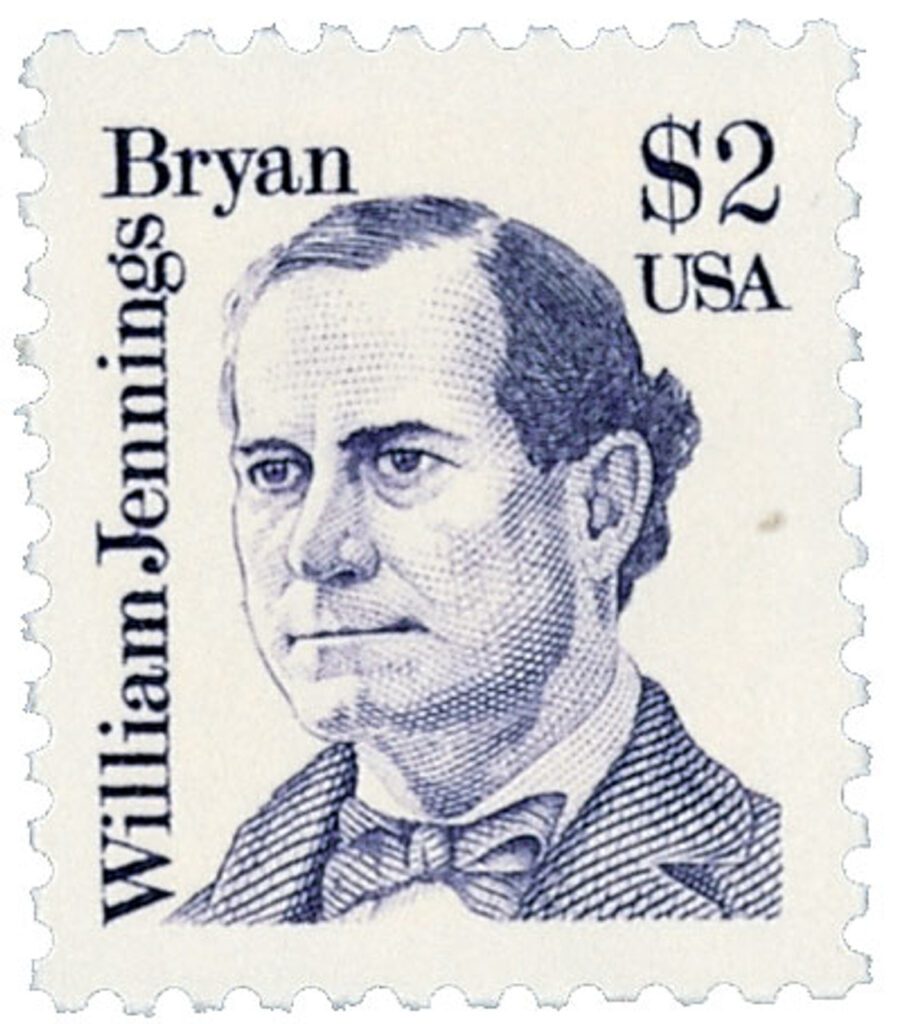
Willkie’s parents were both lawyers – his mother was the first woman to practice law in Indiana – and he enjoyed his family’s nightly debates around the dinner table. Willkie attended a military academy for a summer, played football in high school, and was on the debate team and served as class president. He traveled during summer breaks to work, at one point becoming co-owner of a flophouse at Yellowstone National Park.
Willkie went on to attend Indiana University, graduating in 1913. He taught high school history and worked as a lab assistant in Puerto Rico to earn enough money to go to law school. He eventually graduated from Indiana School of Law in 1916 with high honors. Willkie briefly work at his parents’ law firm after graduation before volunteering for US Army during World War I. He received artillery training, but didn’t make it to France until after the fighting ended.
After the war, Willkie practiced law, serving the Firestone Tire and Rubber Company in private practice. In 1929, he moved to New York to serve as corporate counsel to the Commonwealth & Southern Corporation, at that time the nation’s largest utility company.

While representing the interests of the utility, Willkie became a critic of President Franklin Roosevelt’s New Deal. Roosevelt was attempting to wrest control of the nation’s electrical supply from a few powerful individuals and increase the government’s influence. Willkie spent several years lobbying against Roosevelt’s Tennessee Valley Authority, which put him in the national spotlight. Though the utility company ultimately sold its assets to the TVA, Willkie had put up a tough fight and was considered a potential presidential candidate.
Willkie’s opposition of Roosevelt’s revolutionary tactics earned him many admirers. As a result, Willkie switched his party affiliation, became a Republican, and set to run against Roosevelt in the 1940 election. Willkie was able to win the Republican nomination as a compromise candidate, but did not win the election.

However, it was after the election that Willkie had his greatest impact on American history. In 1942, with World War II raging, Roosevelt asked Willkie to tour the world to show that while America could be divided politically, the nation was resolute in its opposition to fascism. Willkie’s airplane tour lasted 50 days and included stops in African battle zones, the Soviet Union, and China.
In 1943, Willkie published the best-seller One World. This influential book made a convincing argument for post-World War II international cooperation. Willkie proposed the US could not oppose colonialism until it ended its colonial attitudes towards its minorities, especially blacks. One World solidified Willkie’s influence in American politics. In 1944, he again attempted to gain the Republican nomination for president, but failed.
Willkie smoked and drank heavily and didn’t take care of himself. He suffered a heart attack in August 1944 and died on October 8, 1944, at just 52 years old. A World War II Liberty Ship was named in his honor as well as a building at Indiana University.
| FREE printable This Day in History album pages Download a PDF of today’s article. Get a binder or other supplies to create your This Day in History album. |
Discover what else happened on This Day in History.

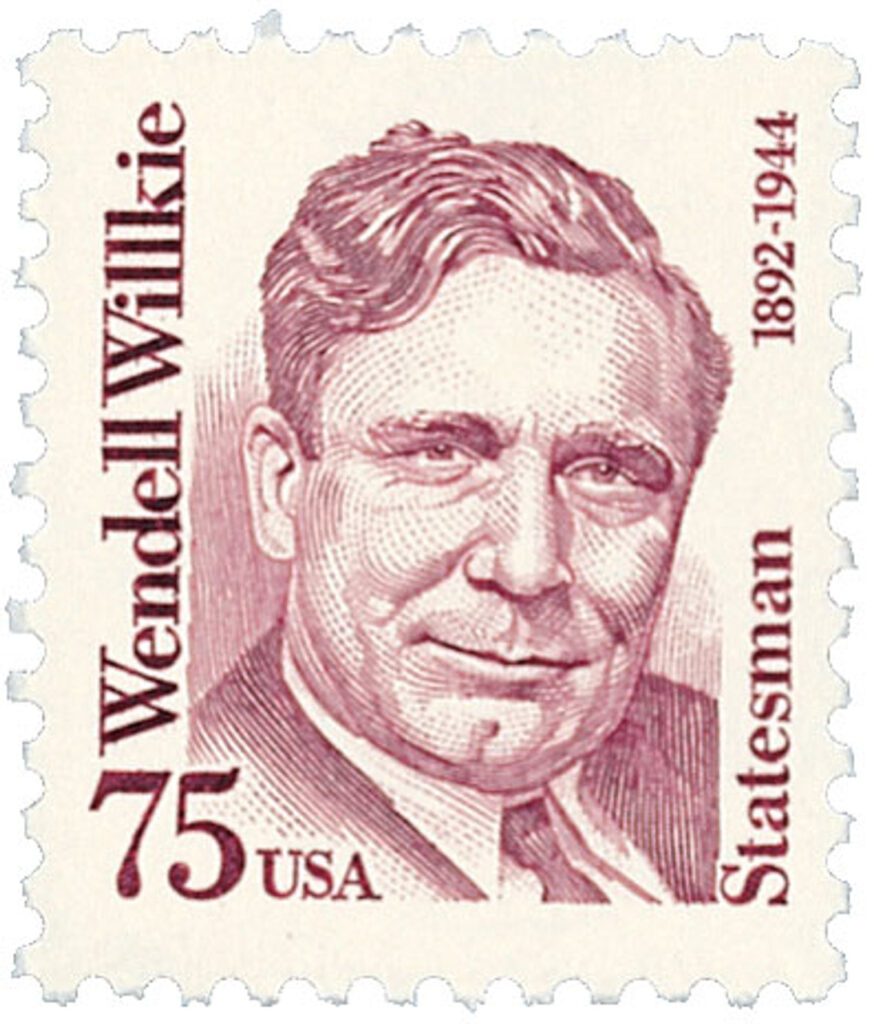
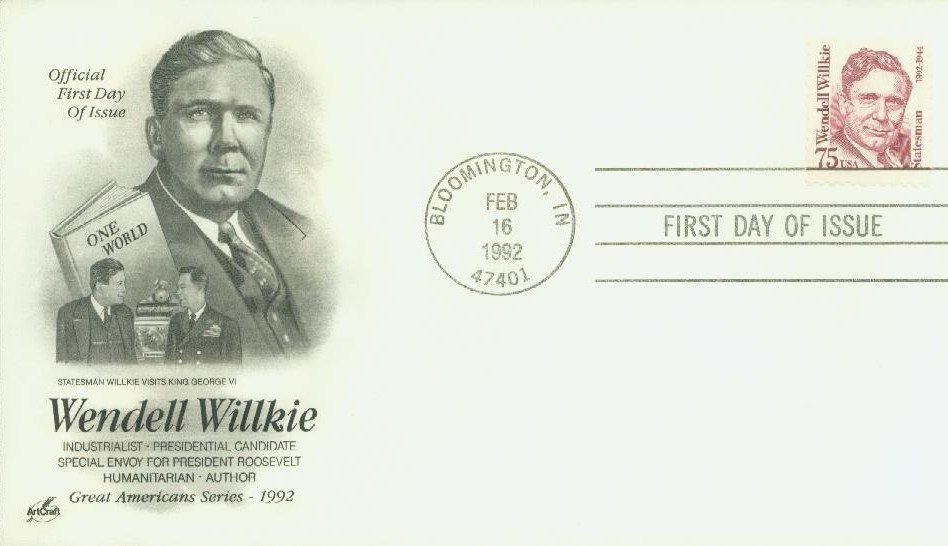
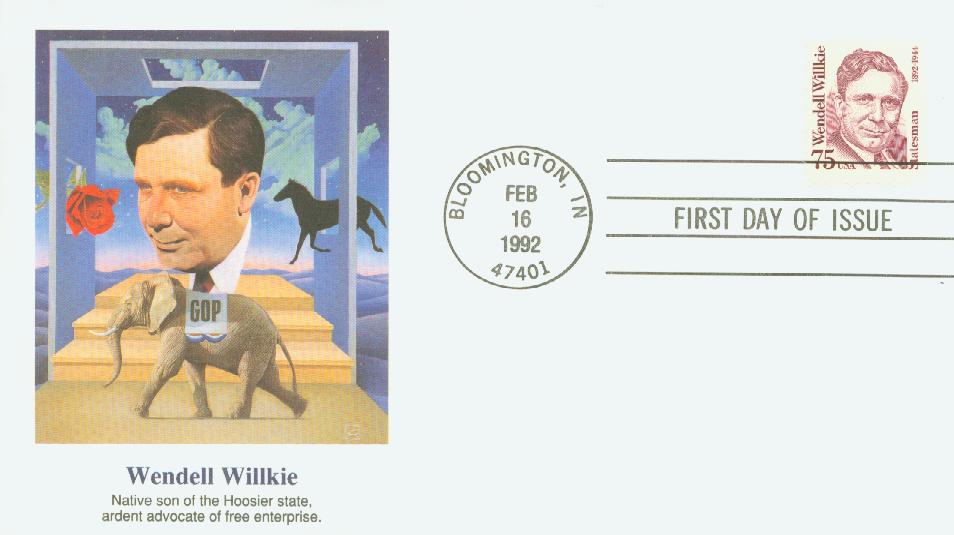

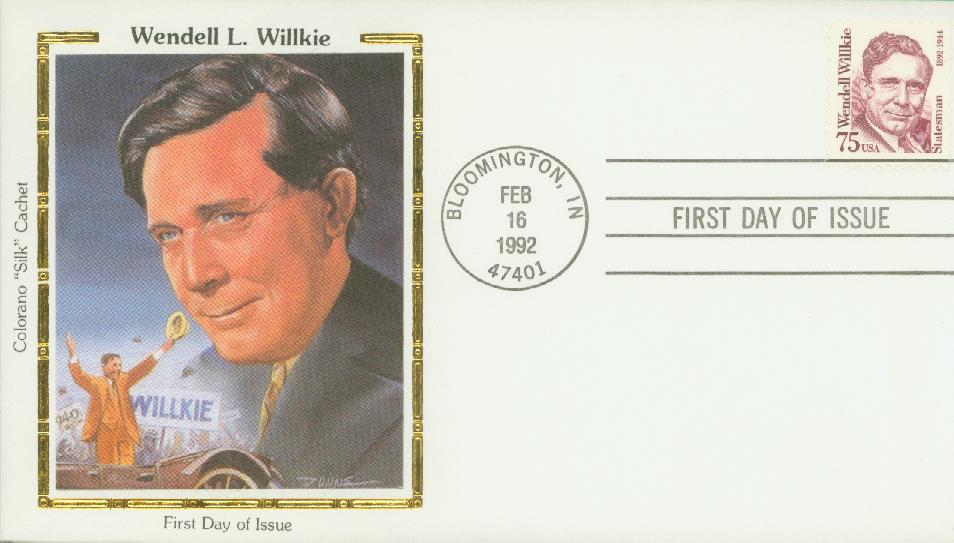
A fellow Hoosier, how neat. This is fun learning about the background of my stamps. Glad he stood up to governmental over-reach, but was willing to work with the President to be unified when it mattered.
Larry Bird’s friend.